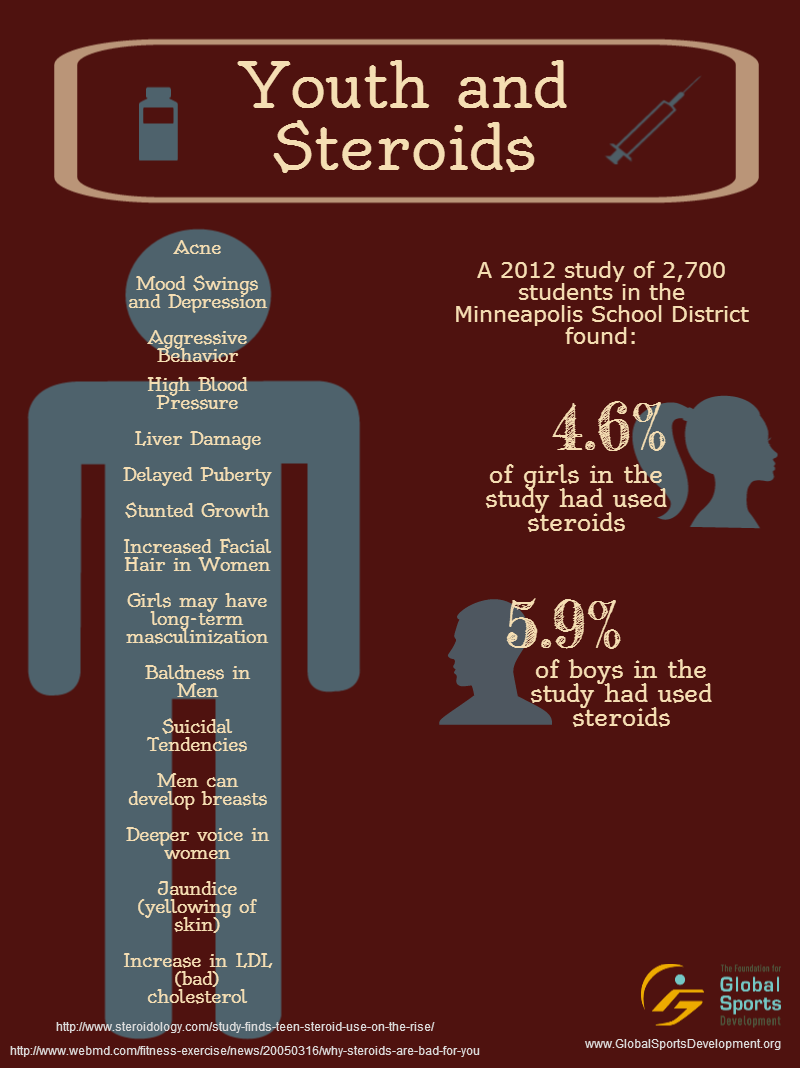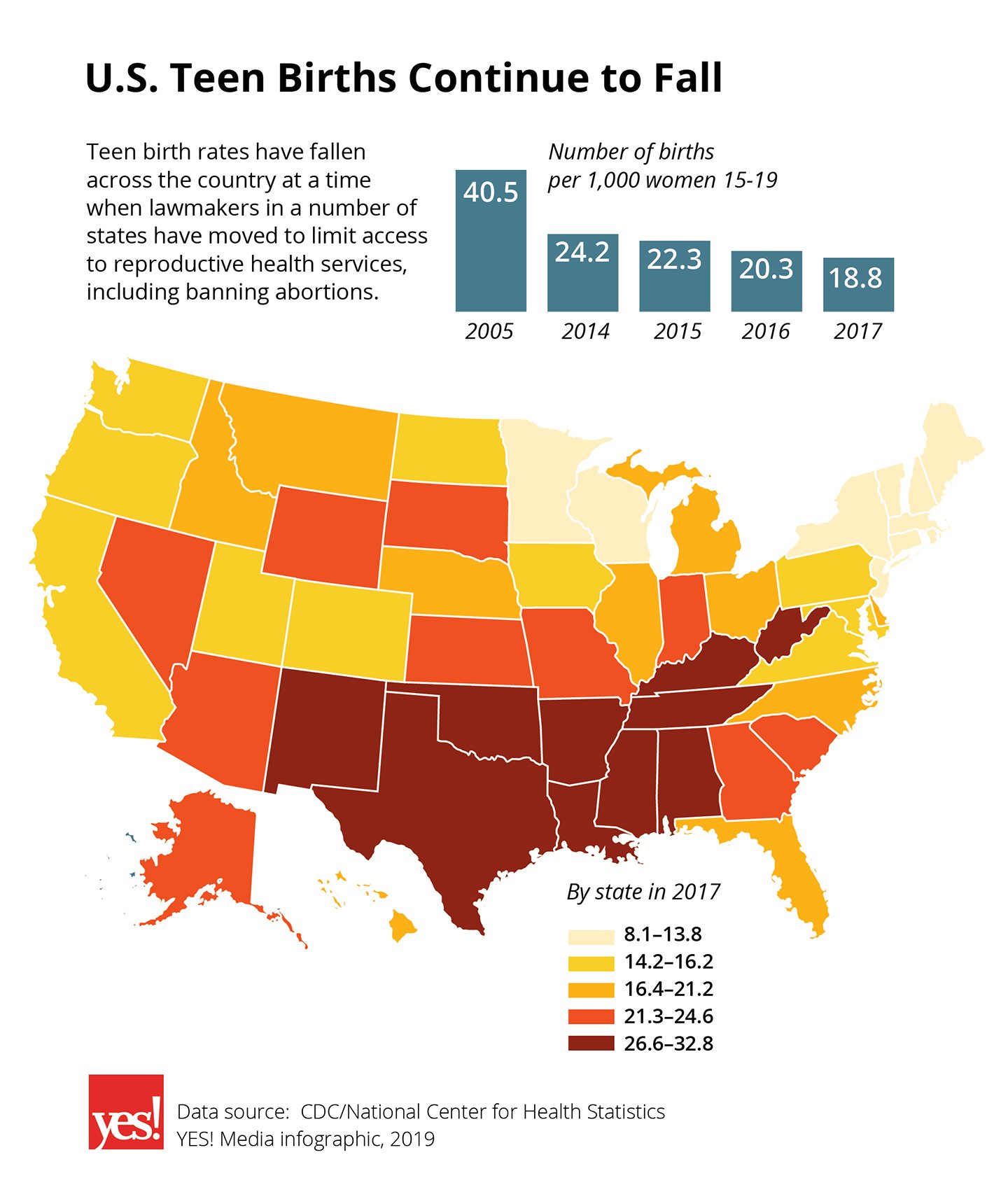The politics of mass incarceration
Table of Contents
Table of Contents
Are you aware of the minorities in prison statistics? It is a staggering reality that affects millions of people from different communities. The number of people belonging to minority groups such as African Americans, Hispanics, and American Indians who are incarcerated is disproportionately high compared to their white counterparts. This issue has been discussed extensively, but it still needs more attention. In this blog post, we will delve deeper into the topic of minorities in prison statistics and explore its impact on various communities.
The Pain Points
Minorities in the United States face significant social, economic, and political challenges that affect their daily lives. African Americans, Hispanics, and American Indians are more likely to live in poverty, lack access to affordable education and healthcare, and suffer from discrimination and prejudices. These issues contribute to a higher incidence of criminal behavior, which leads to increased incarceration rates. Additionally, minorities are often subject to harsher sentences for the same crimes, leading to longer prison terms and a higher probability of recidivism.
Answering the Target of Minorities in Prison Statistics
Minorities in prison statistics refer to the disproportionate representation of minority groups in the US criminal justice system. According to the Prison Policy Initiative, African Americans and Hispanics are incarcerated at rates 5.1 and 1.3 times higher than their white counterparts, respectively. This systemic issue has been attributed to a variety of factors, including implicit biases, over-policing, and laws that disproportionately affect minority communities.
Main Points on Minorities in Prison Statistics
The statistics on minorities in prison are alarming. African Americans, Hispanics, and American Indians are overrepresented in the criminal justice system, and this issue has a devastating impact on their lives and communities. Our society must address the root causes of this disparity to provide equal opportunities and justice for all. Some of the possible solutions include reforming drug laws, investing in education and job opportunities, and reducing implicit biases in the judicial system.
What is the Impact of Minorities in Prison Statistics?
As an AI language model, I don’t have any personal experiences. However, it is widely known that minorities in prison statistics have a significant impact on individuals, families, and communities. Minorities are more likely to suffer from long-term consequences such as unemployment, homelessness, and reduced civic participation after serving their sentence. This, in turn, affects their families and children.
 The impact of minorities in prison statistics is more profound in African American and Hispanic communities, where incarceration rates are the highest. Mass incarceration has been referred to as the “New Jim Crow” by scholars and activists, as it perpetuates systemic racism in the US criminal justice system. The disproportionate representation of minorities in the criminal justice system only reinforces the idea of a society that treats its citizens unfairly based on skin color.
The impact of minorities in prison statistics is more profound in African American and Hispanic communities, where incarceration rates are the highest. Mass incarceration has been referred to as the “New Jim Crow” by scholars and activists, as it perpetuates systemic racism in the US criminal justice system. The disproportionate representation of minorities in the criminal justice system only reinforces the idea of a society that treats its citizens unfairly based on skin color.
Is There a Solution to the Problem of Minorities in Prison Statistics?
As an AI language model, I don’t have personal experiences to share. However, scholars and activists have proposed several solutions to address the issue of minorities in prison statistics. One solution is to reform the criminal justice system to reduce implicit biases and harsh sentencing laws. Another solution is to invest in education and job opportunities to provide alternative paths for people who may be at risk of incarceration. The third solution is to reduce poverty and discrimination by providing equal opportunities and access to resources for all communities.
 ### Understanding the Issue of Racial Disparities in the Justice System
### Understanding the Issue of Racial Disparities in the Justice System
Racial disparities in the justice system are at the core of the problem of minorities in prison statistics. The over-representation of African Americans and Hispanics in the criminal justice system has been linked to implicit biases, racial profiling, and harsher sentencing laws. These systemic issues affect not only minorities but also the entire criminal justice system. Addressing these problems requires a multifaceted approach that involves policy reform, community organizing, and education.
Preventing Mass Incarceration
Mass incarceration is a significant problem in the United States, and minorities are the most affected by it. The country’s incarceration rate is the highest in the world, and this not only causes social and economic problems but also diverts resources from other essential services such as education and healthcare. To prevent mass incarceration, we need to address the underlying issues that lead to criminal behavior, such as poverty, inequality, and lack of opportunities. Investing in social services and strengthening community ties can lead to reduced crime rates and a better quality of life for all citizens.
Personal Experience with Minorities in Prison Statistics
As an AI language model, I don’t have personal experiences. However, I understand the devastating impact of minorities in prison statistics on individuals and communities. It is crucial to acknowledge this issue and work towards a more just and equitable society that addresses the root causes of systemic racism and inequality.
 ### Question and Answer Section
### Question and Answer Section
Q: What are some of the causes of racial disparities in the criminal justice system?
A: Racial disparities in the criminal justice system are caused by implicit biases, racial profiling, and systemic inequality in access to resources such as education and healthcare.
Q: What policies can be implemented to reduce the over-representation of minorities in prison?
A: Some policies that can be implemented include drug law reform, reducing harsh sentencing laws, reducing implicit biases, and investing in social services such as education and healthcare.
Q: How can we raise awareness about the issue of minorities in prison statistics?
A: We can raise awareness by sharing information, volunteering at advocacy organizations, and supporting policies and initiatives that aim to reduce disparities in the criminal justice system.
Q: What impact does mass incarceration have on society as a whole?
A: Mass incarceration diverts resources from essential public services such as education and healthcare, perpetuates inequality and systemic racism, and has a devastating impact on families and communities affected.
Conclusion of Minorities in Prison Statistics
The issue of minorities in prison statistics is a significant problem that affects millions of people in the United States. African Americans, Hispanics, and American Indians are over-represented in the criminal justice system, leading to long-term social and economic consequences. Addressing this issue requires a multifaceted approach that involves policy reform, community organizing, and education. It is crucial to raise awareness about this issue to create a more just and equitable society that provides equal opportunities and access to resources for all communities.
Gallery
Racial Disparities In Incarceration - Interfaith Action For Human Rights
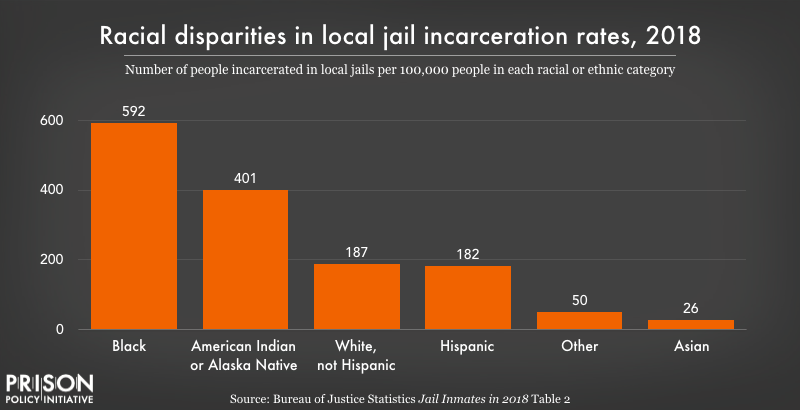
Photo Credit by: bing.com / incarceration disparities racial graphs jail graph inmates rate incarcerated series jails
Proving The School-to-Prison Pipeline - Education Next
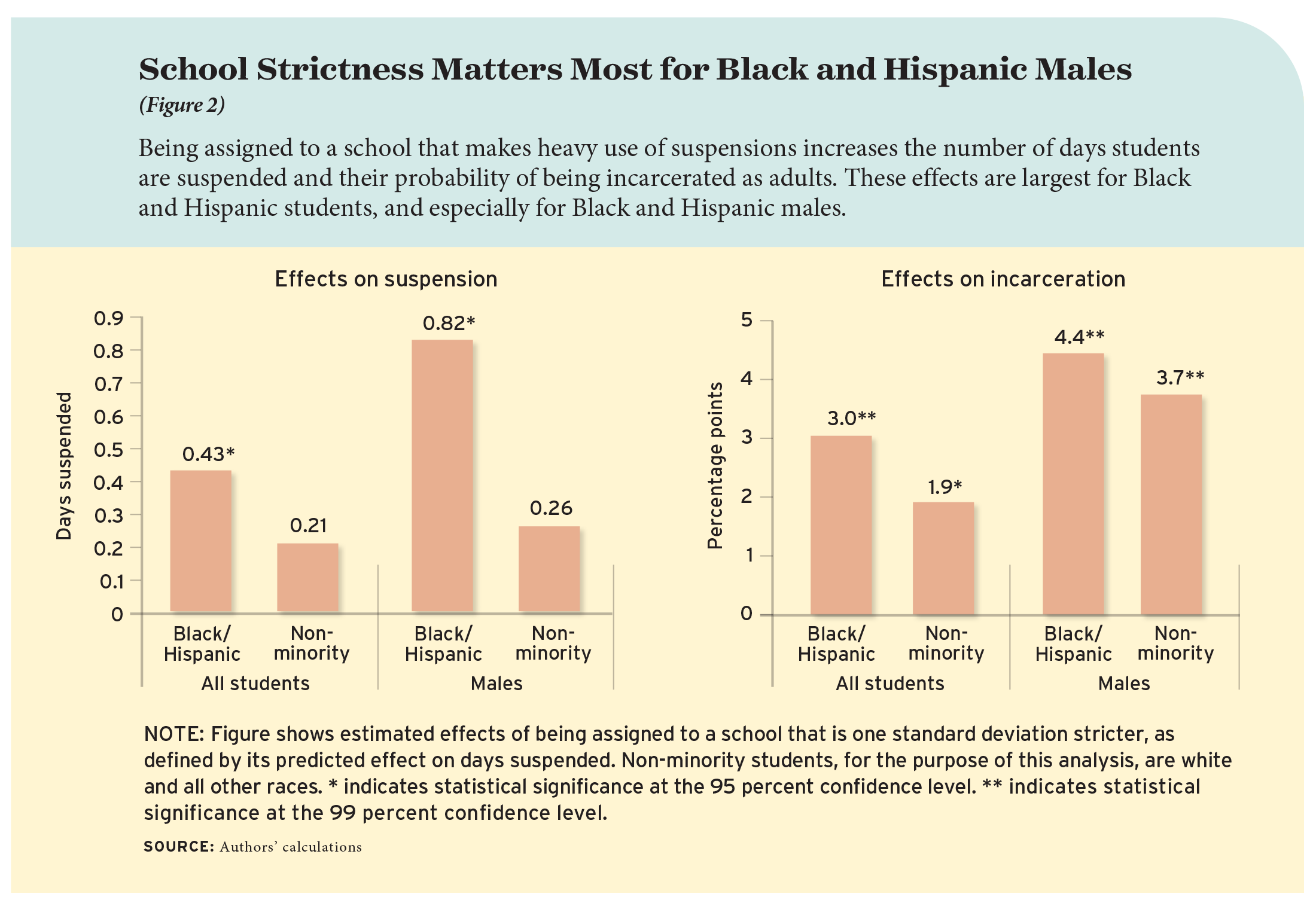
Photo Credit by: bing.com / pipeline proving strictness
The Politics Of Mass Incarceration
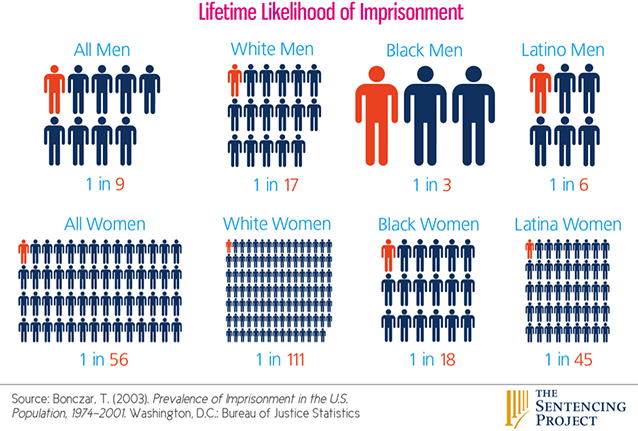
Photo Credit by: bing.com / mass incarceration politics
Incremental Declines Can’t Erase Mass Incarceration | Prison Policy
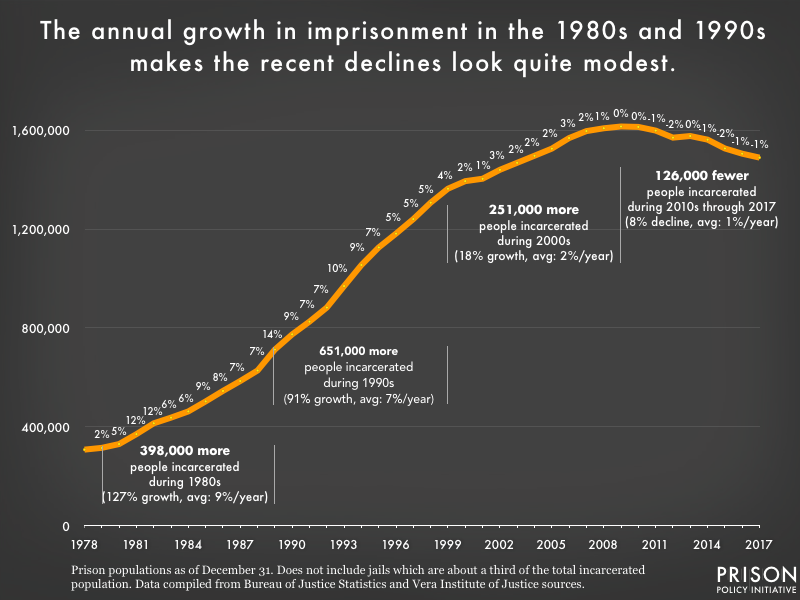
Photo Credit by: bing.com / prison growth graph incarceration annual population year per 1990 mass data 1980s much statistics total changes rate declines vera institute
Institutionalized Minority Degradation | HubPages

Photo Credit by: bing.com / racism minority incarceration institutionalized racial disparity minorities degradation incarcerated racialized populations police

